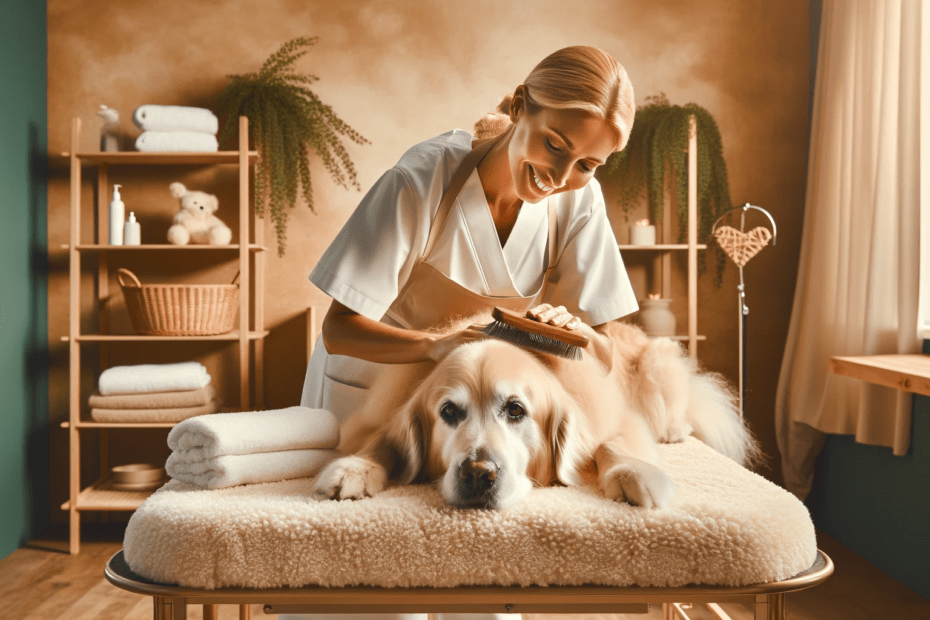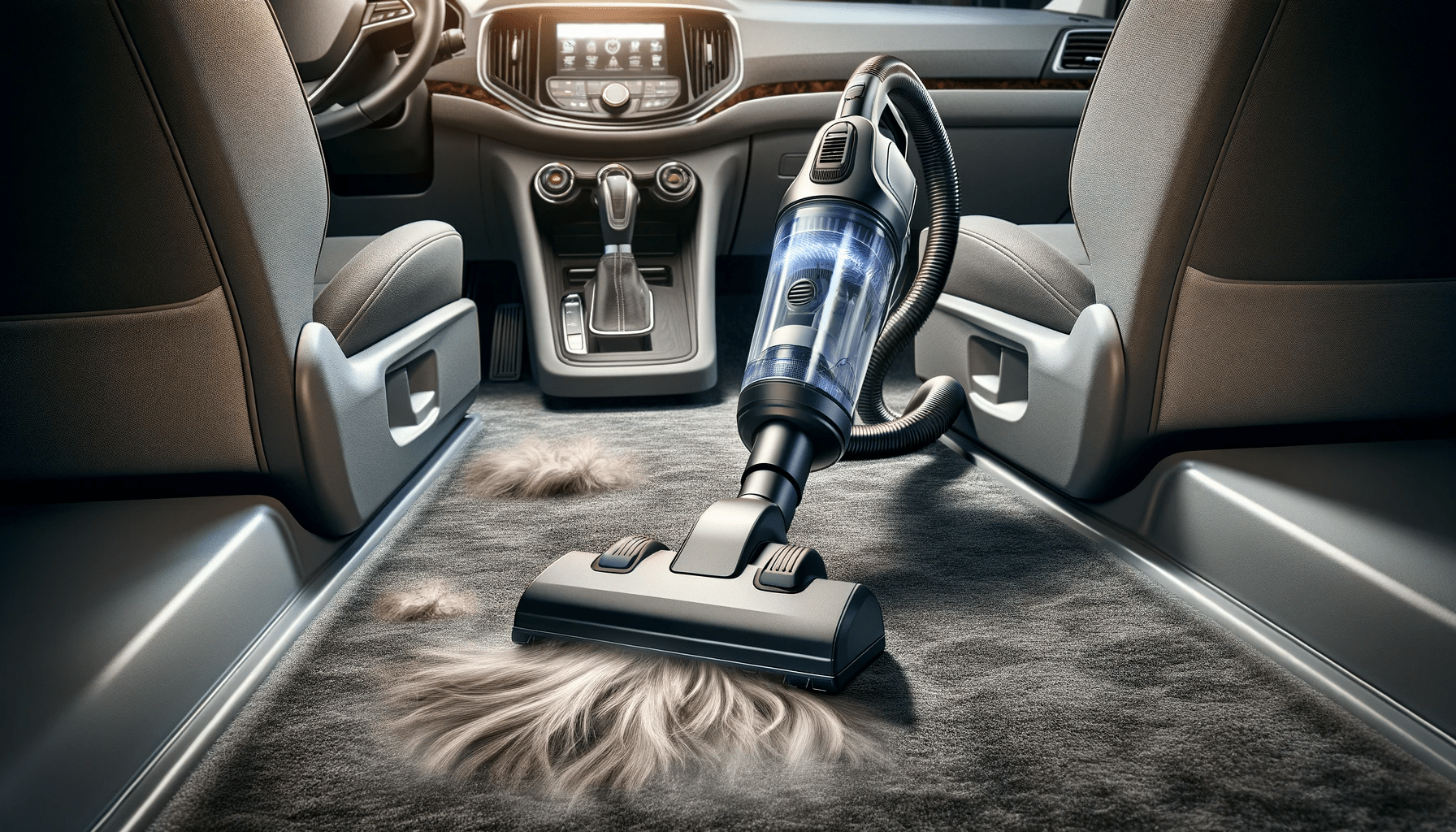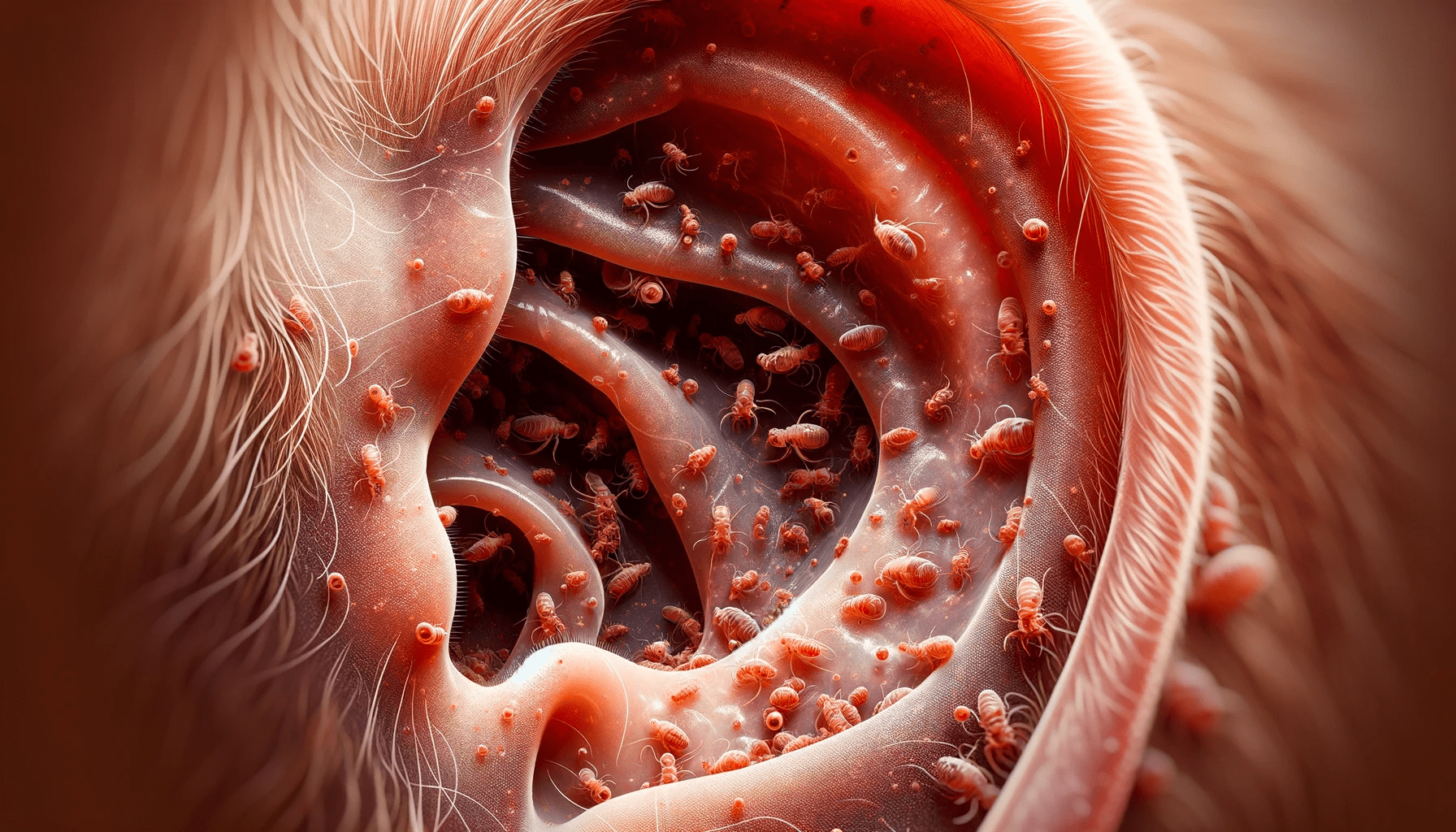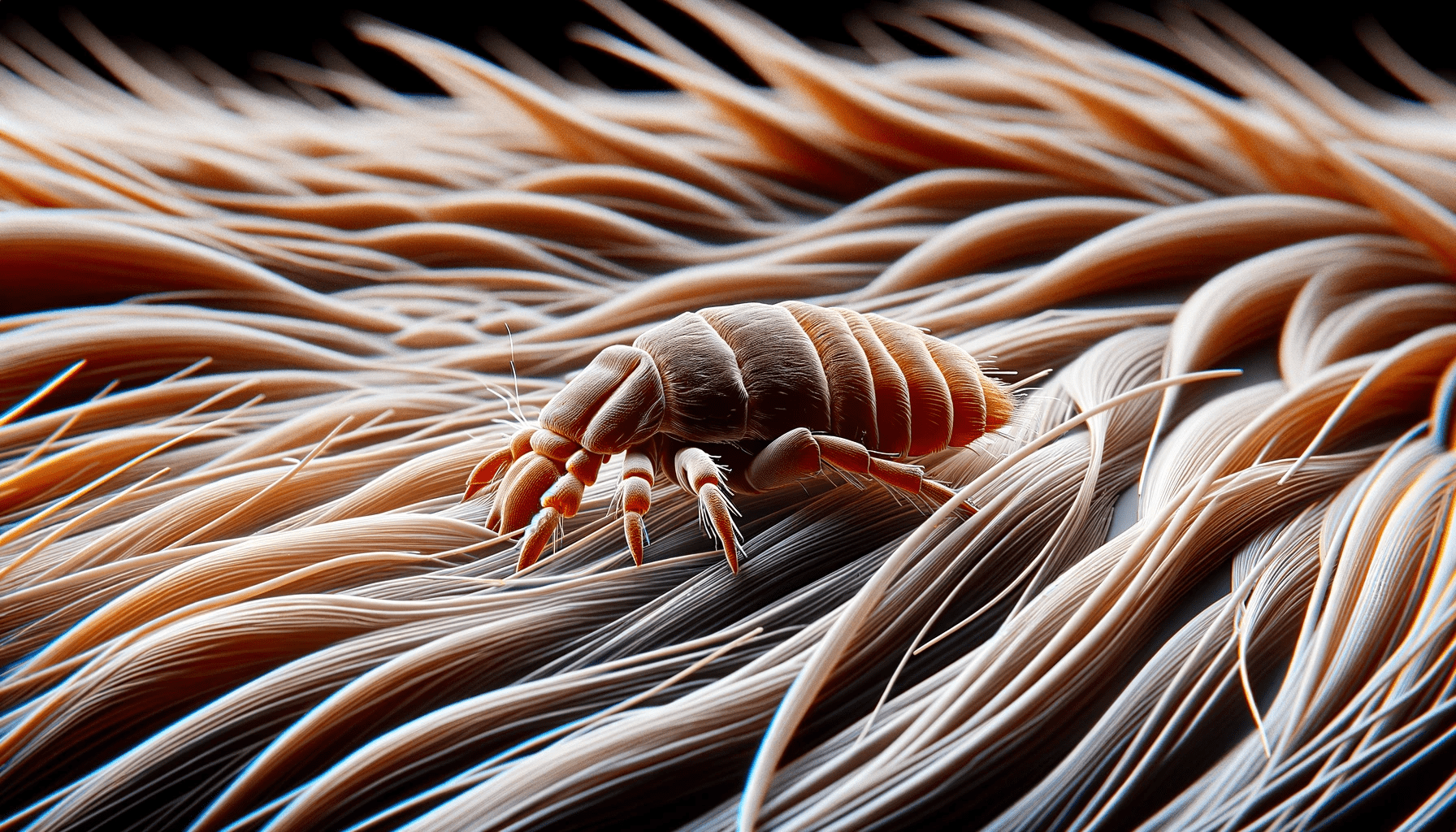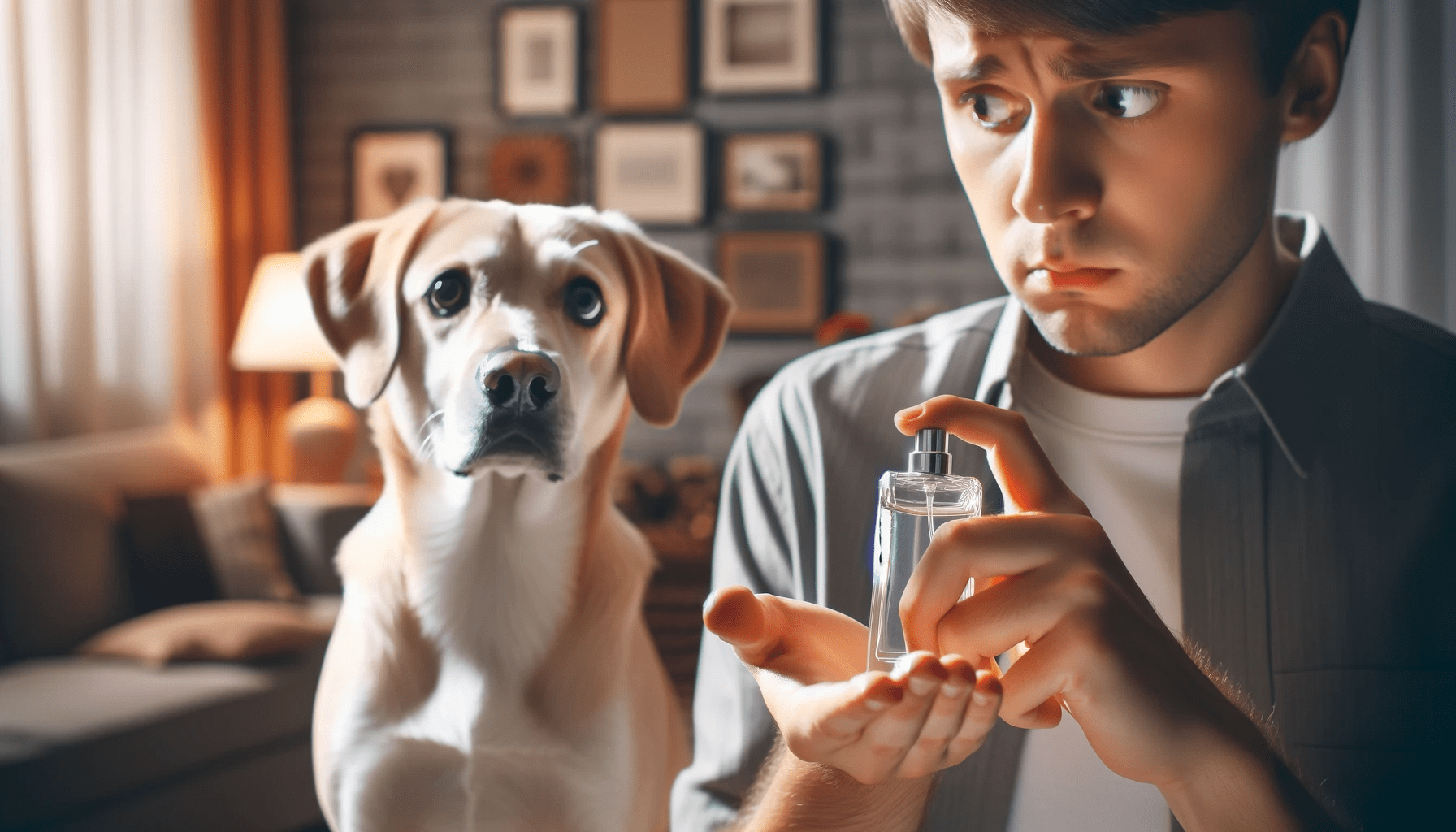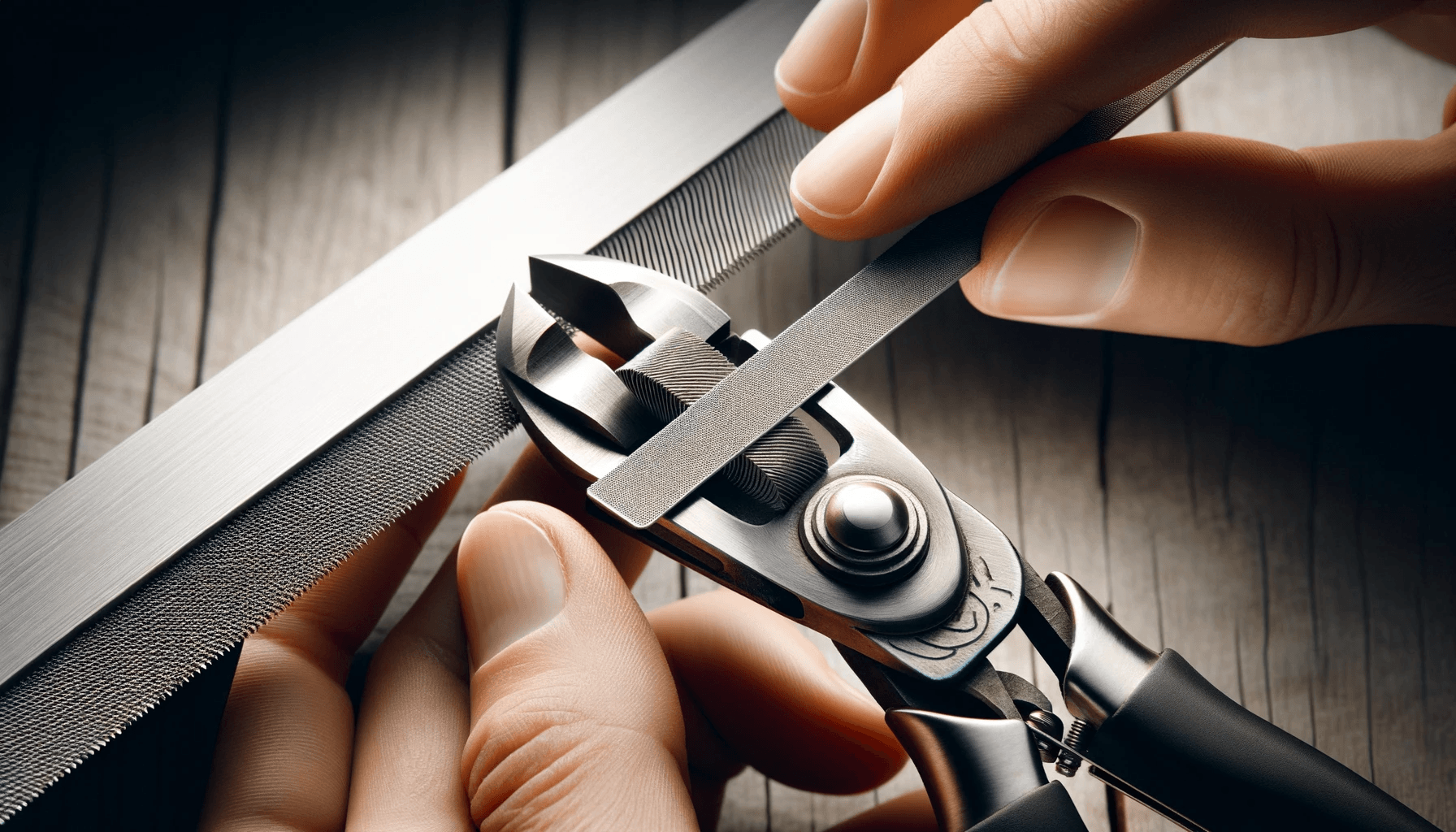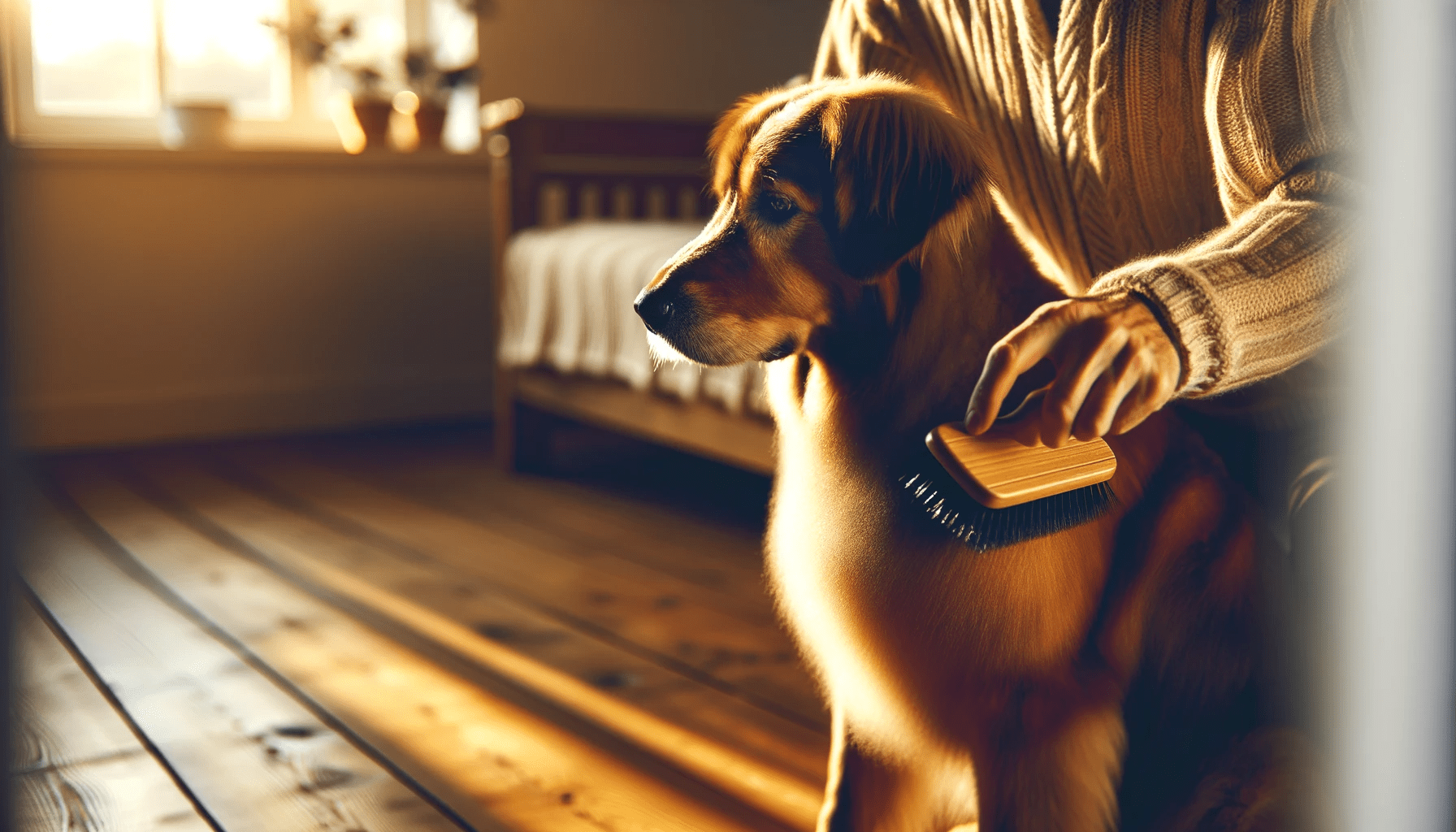Are you struggling to keep your aging dog looking and feeling their best? Look no further! In this article, we'll provide you with expert-approved tips for grooming aging dogs.
From brushing techniques to nail care tips, bathing and drying methods to ear and eye cleaning, and even hair trimming and styling, we've got you covered.
Follow these tips to ensure your furry friend stays clean, comfortable, and stylish as they age.
Key Takeaways
- Start grooming and dental care early to establish a routine and prevent issues as your dog ages.
- Regularly trim nails to prevent discomfort and difficulty walking.
- Use gentle, hypoallergenic products for bathing and drying to ensure your aging dog's skin remains healthy.
- Regularly clean your aging dog's ears and eyes to prevent infections and maintain their overall health.
Brushing Techniques
To effectively brush your aging dog, start by gently untangling their fur with a wide-toothed comb. This step is crucial for shedding prevention and maintaining a healthy coat. As dogs age, their fur becomes more prone to matting and tangling, which can lead to discomfort and skin issues. By using a wide-toothed comb, you can gently work through any knots or tangles, preventing them from becoming worse and causing pain for your furry friend.
In addition to fur maintenance, brushing your dog's teeth is another important aspect of their overall grooming routine. Dental care is often overlooked in aging dogs, but it's essential for their oral health. Just like humans, dogs can develop dental issues such as gum disease, tooth decay, and bad breath. By regularly brushing your dog's teeth, you can help prevent these problems and ensure their teeth and gums stay healthy.
When brushing your aging dog's teeth, it's important to use a toothbrush and toothpaste specifically designed for dogs. Human toothpaste can be harmful to dogs if ingested, so it's crucial to choose products that are safe for them. Additionally, it's recommended to start dental care early in your dog's life to get them accustomed to the process, making it easier as they age.
Nail Care Tips
To properly care for your aging dog's nails, it's important to regularly trim them to a safe and manageable length. Senior dog grooming includes paying attention to your dog's paw pad care, and their nails are a crucial part of it. As dogs age, their nails tend to grow longer and thicker, which can lead to discomfort and even pain. Long nails can also cause your dog to have difficulty walking or running, as they can interfere with their paw pad's natural movement and grip.
To trim your dog's nails, start by using a pair of dog nail clippers specifically designed for their size. Make sure to trim only the tip of the nail, avoiding cutting into the quick, which is the sensitive part that contains blood vessels and nerves. If you accidentally cut into the quick and your dog starts bleeding, apply styptic powder or cornstarch to stop the bleeding.
Regular nail trims should be part of your senior dog's grooming routine. Aim to trim their nails every 2-4 weeks, depending on how fast they grow. If you're unsure about trimming your dog's nails, consult with a professional groomer or your veterinarian for guidance.
Bathing and Drying Methods
Maintain your aging dog's hygiene by adopting proper bathing and drying methods. As dogs age, their grooming needs change, and it's important to adapt to these changes to keep them comfortable and clean.
When it comes to bathing, consider using a gentle, hypoallergenic shampoo specifically designed for sensitive skin. This will help prevent irritation and minimize any potential allergic reactions. Avoid using harsh chemicals or strong fragrances that can further irritate the skin.
To control shedding, regular brushing is key. Use a brush with soft bristles or a grooming glove to remove loose fur and keep your dog's coat healthy. Brushing not only helps to remove excess hair, but it also stimulates the skin and promotes blood circulation, which can improve the overall condition of your dog's skin and coat.
After bathing, make sure to thoroughly dry your aging dog. Use a soft towel to gently pat them dry, paying special attention to the areas where moisture tends to accumulate, such as the armpits, groin, and under the ears. If your dog has long hair, consider using a blow dryer on a low, cool setting to speed up the drying process. However, be cautious not to use high temperatures that may cause discomfort or damage the skin.
Ear and Eye Cleaning
For proper grooming of your aging dog, it's essential to regularly clean their ears and eyes. Neglecting these areas can lead to discomfort, infections, and other health issues. Here are some expert-approved tips to help you effectively clean your dog's ears and eyes:
- Ear Cleaning
- Begin by gently inspecting your dog's ears for any signs of redness, swelling, or discharge. These could indicate an ear infection.
- Use a veterinarian-recommended ear cleaning solution to moisten a cotton ball or pad.
- Gently wipe the inside of your dog's ear, being careful not to go too deep. Avoid using cotton swabs, as they can push debris further into the ear canal.
- If your dog has excessive ear hair, consider having a professional groomer trim it to improve airflow and reduce the risk of infections.
- Eye Cleaning
- Use a damp, clean cloth or a veterinarian-recommended eye wipe to gently clean the area around your dog's eyes.
- Be cautious not to touch the eye directly or use any harsh chemicals.
- If your dog's eyes appear red, swollen, or have discharge, consult with your veterinarian.
- If your veterinarian prescribes eye drops for your dog, follow their instructions carefully and administer the medication as directed.
Regularly cleaning your aging dog's ears and eyes is crucial for their overall health and well-being. It helps prevent discomfort, infections, and ensures that any issues are promptly addressed. Remember, if you notice any concerning symptoms or are unsure about the cleaning process, consult with your veterinarian for guidance and support.
Hair Trimming and Styling
To keep your aging dog looking their best, regularly trim and style their hair. Hair trimming is an essential part of grooming, especially for dogs with long or thick coats. Trimming helps prevent matting and tangling, which can be uncomfortable for your furry friend. It also promotes better air circulation and reduces the risk of skin infections.
When it comes to hair styling, there are a few options you can consider. If you want to add some fun and creativity to your dog's appearance, hair coloring is a popular choice. However, it's important to use pet-safe dyes specifically formulated for dogs. Avoid using human hair dye, as it can be toxic to dogs. Always consult with a professional groomer or veterinarian before attempting to color your dog's hair.
Another option for hair styling is using wigs. Wigs can be a fun way to change up your dog's look for special occasions or just for fun. Make sure to choose a wig that fits securely and comfortably on your dog's head. It's important to supervise your dog while wearing a wig to ensure they don't become stressed or uncomfortable.
When it comes to hair trimming and styling, it's best to consult with a professional groomer who's experience working with aging dogs. They can provide expert advice and guidance to ensure your dog's hair is trimmed and styled safely and appropriately.
Frequently Asked Questions
How Often Should I Brush My Aging Dog's Teeth and What Is the Best Toothbrush and Toothpaste to Use?
To keep your aging dog's teeth healthy, brush them regularly using the best dental care products. Make tooth brushing a positive experience by using a toothbrush and toothpaste recommended by experts.
Are There Any Specific Products or Techniques Recommended for Cleaning My Aging Dog's Ears and Eyes at Home?
For cleaning your aging dog's ears and eyes at home, there are specific products and techniques you can use. Home remedies can help maintain a healthy coat in aging dogs.
Can I Use Regular Human Shampoo for Bathing My Aging Dog, or Should I Opt for a Specific Dog Shampoo?
Using human shampoo for bathing aging dogs has pros and cons. While it may be convenient, human shampoos can strip their skin of natural oils. Opting for a specific dog shampoo is recommended to maintain their skin and coat health.
What Are Some Signs of Overgrown Nails in Aging Dogs and How Can I Safely Trim Them Without Causing Discomfort?
To safely trim overgrown nails in aging dogs without discomfort, first look for signs such as difficulty walking or nails curling. Use a dog nail clipper, be cautious of the quick, and trim in small increments.
Is It Necessary to Visit a Professional Groomer for Hair Trimming and Styling Services for My Aging Dog, or Can I Do It at Home?
You can definitely groom your aging dog at home with DIY grooming tips. However, professional grooming services for aging dogs can be beneficial as they have the expertise to handle specific grooming needs.
Conclusion
To ensure the well-being of your aging dog, it's crucial to follow expert-approved grooming practices.
Regular brushing helps maintain their coat's health and minimize shedding.
Trimming their nails regularly prevents discomfort and potential injuries.
Using appropriate bathing and drying methods keeps their skin clean and avoids irritation.
Regular ear and eye cleaning prevents infections.
Lastly, a professional hair trimming and styling can enhance their appearance while keeping them comfortable.
By following these tips, you can ensure your aging dog stays happy and healthy.
